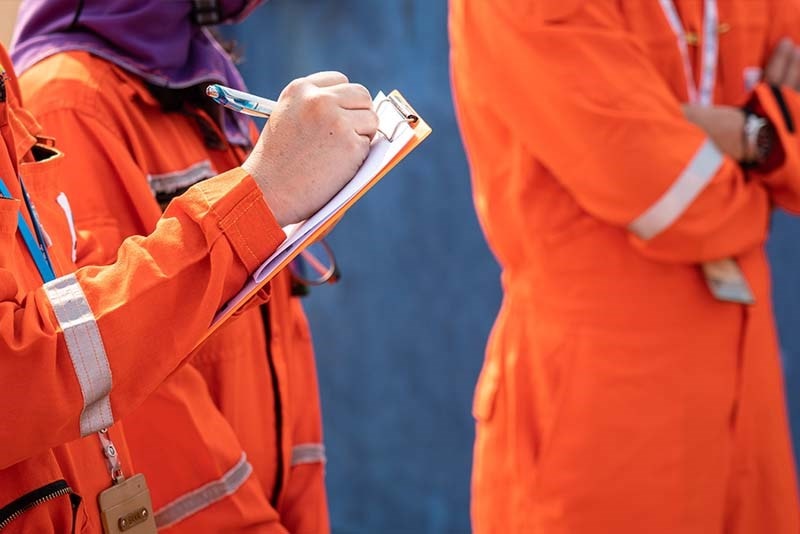Cargo Hold Pontoon Handling Operations
The Club has noted an increased number of recent incidents where crew members have been fatally or seriously injured while working the vessel's cargo hold pontoons during cargo operations.
In all the cases, the common trends observed were that the crane operators could not see the crewmembers clearly from their working positions. The signalpersons were either performing two tasks or had allowed themselves to become distracted from their primary duty of signalling the crane operators. There was complacency by the crews towards the risks involved in working and handling the pontoons.
Furthermore, none of the vessels involved had procedures within their Safety Management System (SMS) for the movement of the cargo hold pontoons or had conducted a Risk Assessment before starting the job.
Vessels with cargo hold pontoons should review their procedures and ensure a system is in place for the installation, removal, and safe movement of the cargo hold pontoons due to the high-risk nature of the operation.

The methods utilised for cargo hold pontoon works should include but not be limited to the following:
- Conduct a Risk Assessment for the operation.
- Consider the vessel's possible motions during the planning of the pontoon moving operations with a review of the risk assessment conducted on this aspect. Stopping the job should always be done when the vessel's movement is deemed too dangerous.
- Hold a toolbox meeting every time the crew will handle the cargo hold pontoons.
- Assign only one task to each person involved in the operation during the toolbox meeting.
- Ensure the crew always wear the correct PPE and high visibility clothing for the operation.

- Remind the crew that "stop the job" rules apply.
- Ensure the correct certified lifting equipment for the movement of the pontoons is used.
- Understand and agree to the order in which pontoons will be moved and placed in position.
- Always use a signalperson to assist the crane driver with directions, especially when the crane driver does not have a clear view of the entire manoeuvre.
- Define primary and secondary means of communication between the signalperson, crane driver and the crew undertaking operations, whether they will use walkie talkie radios or hand signals.
- Confirm the communication methods between all crew members involved in the operation works. The preference is that all crew involved are equipped individually with radios.
- The positions of all the crew are known to the signalperson and crane driver before undertaking each manoeuvre.
- All crew know and agree where the correct (safe) place to stand is during each manoeuvre. For example, no crew members should be standing in a position that places them between a pontoon and another structure onboard, i.e., bulkhead, mast house, railings, etc.
- There must be no standing on the pontoon by the crew when undergoing lift and in motion. The crew on the job should always be in a protected area until the load is in position and stable and the pontoon's weight is off the hook.
- Instruct the crew not to physically handle the pontoons but allow the machinery to do the hard work during handling operations.
These are easily avoidable needless accidents if everyone works together, understands their tasks clearly, and remembers that everyone has the right to STOP THE JOB.
Members requiring further guidance should contact the Loss Prevention Department.
